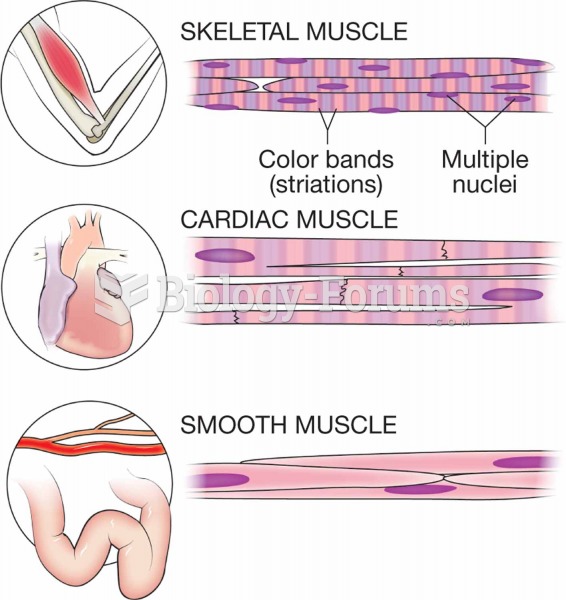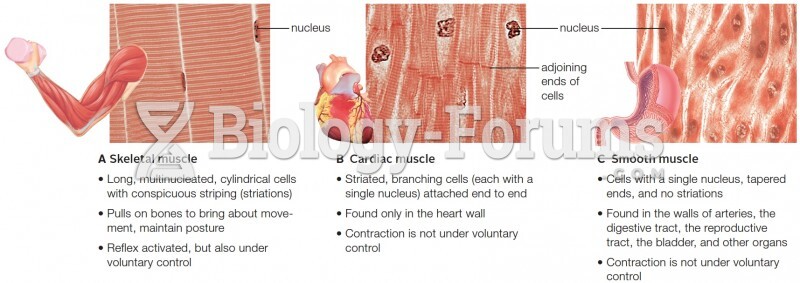Answer to Question 1
Many bad listening habits develop simply because the speed of spoken messages is far slower than our ability to receive and process them. Normal speaking speeds are between 100 and 150 words a minute. The human ear can actually distinguish words in speech in excess of 500 words a minute, and many people read at speeds well beyond 500 words a minute. Finally, our minds process thoughts at thousands of words a minute.
A second reason for poor listening habits is that it takes effort to listen as opposed to simply hearing. We need to take steps to concentrate on what we are hearing to eliminate distractions, take notes and engage in active listening techniques.
Most of us have developed bad listening habits in one or more of the following areas:
a. Faking attention: We can look directly at a person, nod, smile, and pretend to be listening while we are not.
b. Allowing disruptions: We welcome disruptions of almost any sort when we are engaged in somewhat difficult listening.
c. Over listening: When we attempt to record many details in writing or in memory, we can over listen and miss the speaker's major points.
d. Stereotyping: We make spontaneous judgments about others based on such issues as appearances, mannerisms, dress, and speech delivery. If a speaker does not meet our standards in these areas, we simply turn off our listening and assume the speaker cannot have much to say.
e. Dismissing subjects as uninteresting: People tend to use disinterest as a rationale for not listening. Unfortunately, a decision is usually made before a topic is ever introduced.
d. Failing to observe nonverbal aids: To listen effectively, you must observe the speaker. Facial expressions and body motions always accompany speech and contribute much to messages.
Answer to Question 2
A metacommunication is a message that, although not expressed in words, accompanies a message that is expressed in words. For example, Do not be late for work communicates caution; yet the sentence might imply such additional ideas as You are frequently late, and I am warning you, or I doubt your dependability. Your solution is perfect might also convey a metacommunication such as You are efficient, or I certainly like your work. Whether you are speaking or writing, you can be confident that those who receive your messages will be sensitive to the messages expressed in words and to the accompanying messages that are present but not expressed in words.
Kinesic communication is an idea expressed through nonverbal behavior. Receivers gain additional meaning from what they see and hear-the visual and the vocal. Visual kinesic communication includes gestures, winks, smiles, frowns, sighs, attire, grooming, and all kinds of body movements. Vocal kinesic communication includes intonation, projection, and resonance of the voice.
Nonverbal communication includes metacommunications and kinesic messages. Metacommunications and kinesic messages have characteristics that all communicators should take into account. Nonverbal messages cannot be avoided. They can have different meanings for different people. They vary between and within cultures. They can be intentional or unintentional. They can contradict the accompanying verbal message and affect whether your message is understood or believed. They can receive more attention than verbal messages. They provide clues about the sender's background, attitudes, and motives. They are influenced by the circumstances surrounding the communication. They can be beneficial or harmful.







